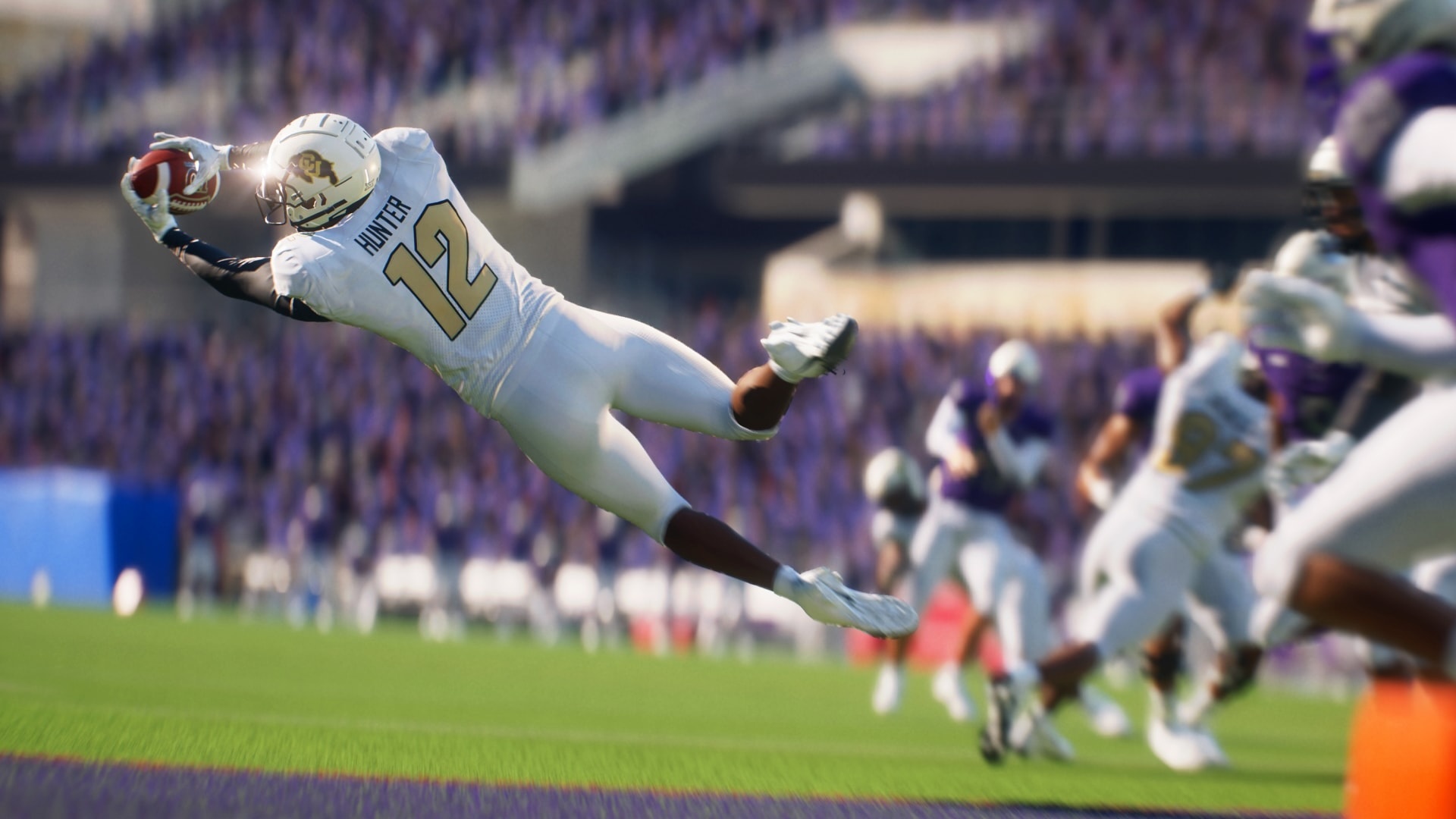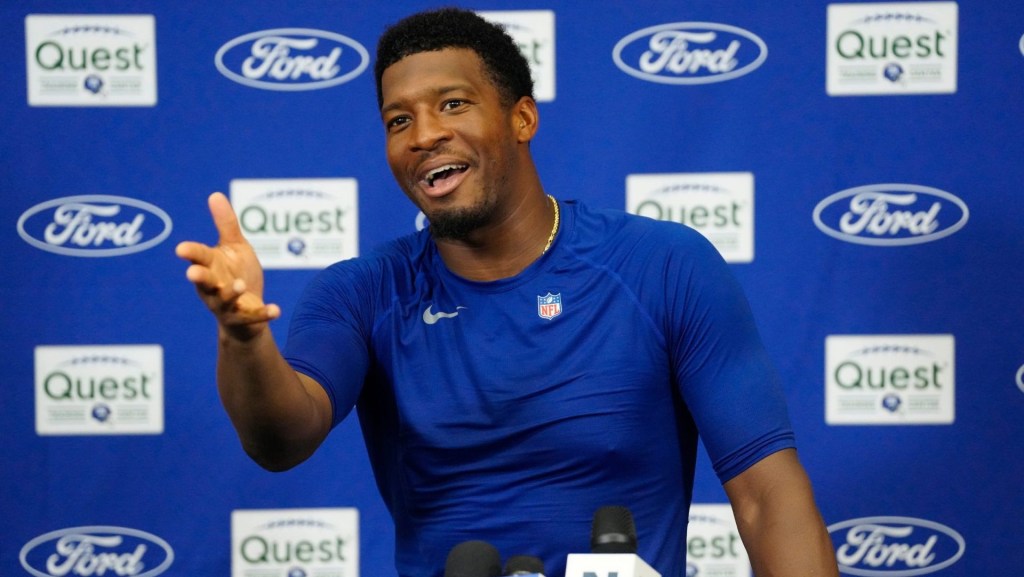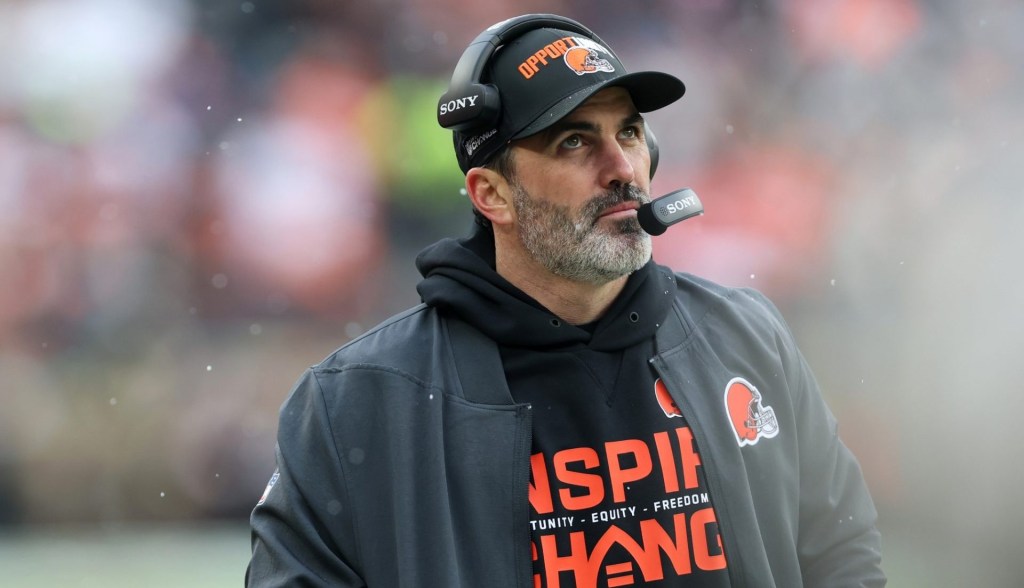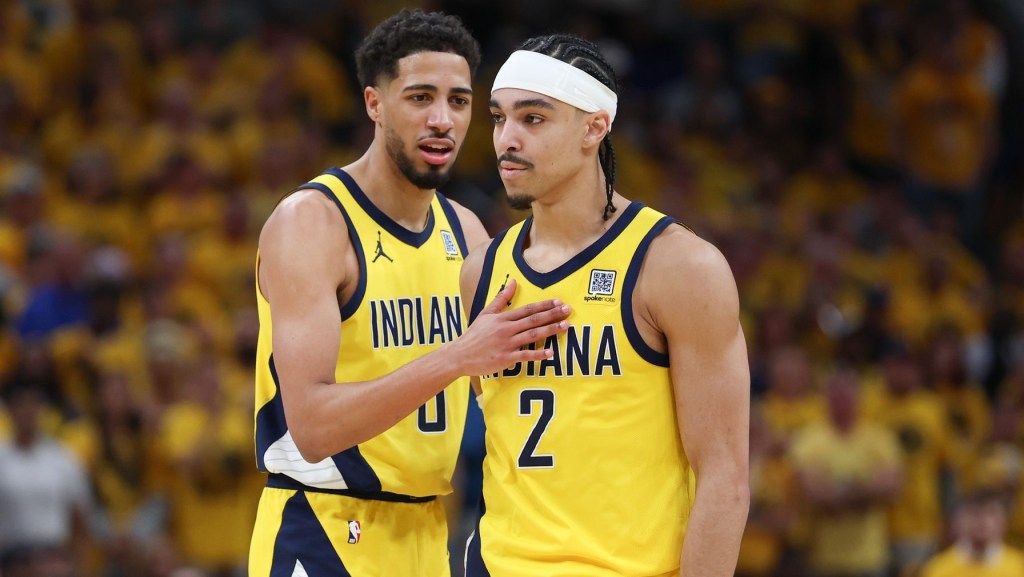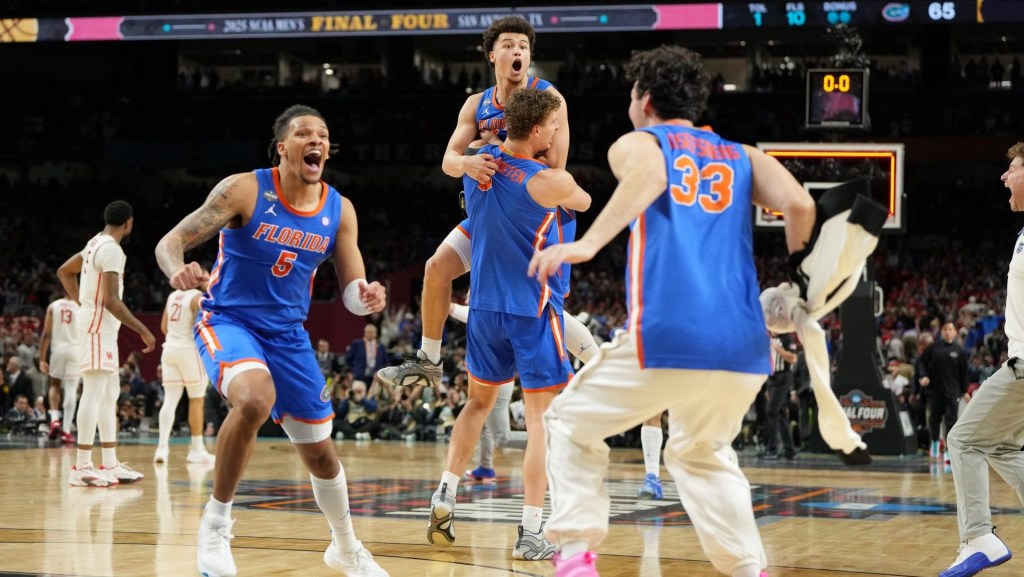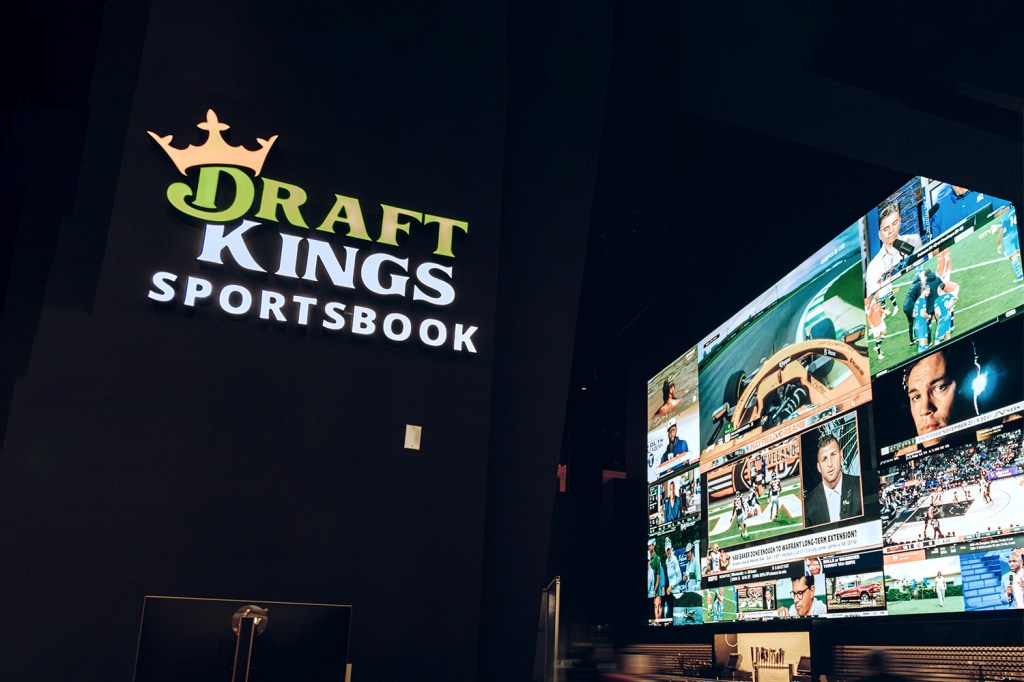Consoles are on the verge of meltdown from the screen time gamers are already racking up in front of EA Sports College Football 25. There will be millions more hours to come.
It’s been more than a decade since the last college football video game, NCAA Football 14, hit shelves. The game sold a modest 1.5 million copies, per ESPN. But expectations are high that the 2024 version, released widely July 19, and it will blow the prior edition out of the water.
Now, there’s a critical mass ready to embrace CFB 25.
The gaming industry is booming: As of 2024, 61% of Americans play video games at least one hour per week, and nearly 191 million are gamers on some level, according to data from the Entertainment Software Association. And since CFB 14’s release, there’s a whole new generation of gamers with spending power who can propel CFB 25’s success: Gen Z, who is investing hundreds of billions of dollars into gaming annually, including subscriptions and consoles. Even the eldest members of Gen Alpha are driving industry sales.
Eyes on college football keep going up in tandem, with total viewership across all networks spiking 12% for the 2023 season, and 28% throughout the past five years, according to Michael Mulvihill, Fox Sports’ president of insights and analytics.
The tight-lipped developers, too, are excited about a new college football game, says Kyle Morrand, CEO of 302 Interactive, a design and media company. Morrand attended the University of Central Florida, along with some developers who worked on College Football 25, and 302 Interactive’s offices are across the street from EA Sports’ Orlando studio, where the game is being made. (Tight-lipped is right: EA Sports itself declined an interview request from Front Office Sports for this story.)
“For both the developers and the players, it [was] an exciting game to bring back,” says Morrand. “NCAA [Football] was a big game in the 2000s, and in the past, it was always a fun, more action-oriented version of Madden [EA’s NFL video game franchise].”.
And after two years of hammering away at development, offering athletes NIL deals, and working on licensing deals with schools and conferences, the resurrection of a College Football sports sim after a decade off the market has already teed up EA for success. Early numbers indicate that the combination of nostalgia, prerelease fervor, the introduction of real athletes into the game, and a rekindling of a long-dormant series is paying off for the company.
Before EA CFB 25’s wide debut, 2.2 million consumers paid $99.99 for the deluxe edition of the game, according to EA, offering a few days of early access (the standard edition retails for $69.99). Another 600,000 people played the game via EA’s free trial system—for a total of about 2.8 million players. That’s roughly $220 million in sales right out of the gate (though EA doesn’t publish sales figures). Gamers can also purchase an MVP Bundle, which combines the deluxe editions of Madden NFL 25 and College Football 25 for $149.99.

EA’s most recent earnings report—detailing the fourth quarter and full fiscal year 2024, released in early May—showed sports sims are an important part of the company’s revenue. EA CFO Stuart Canfield said Madden and the company’s soccer game, EA Sports FC (a series that had previously been sold under the “FIFA” banner) drove “strong earnings growth.” Although the company doesn’t publish exact sales figures for forecasts for top franchises, CFB 25’s sales could be “on par with Madden,” says Chris Mann, SVP of REV/XP, a gaming and esports marketing initiative, which itself is backed by sports marketing agency rEvolution.
The decade-long waiting game could propel a curiosity that moves units. Mann tells FOS he’s seen other franchises see a boom in sales after a long absence. He points to the most recent entry in the massively popular Halo series, Halo Infinite, as a game that capitalized on pent-up demand. Before Halo Infinite’s release in 2021, the most recent entries in the series were Halo 5: Guardians, which was released in 2015, and Halo Wars 2, which released in 2017.
“There hadn’t been a new Halo game in a decade—it was massive,” he says. “The community is always craving it.”
For all the success CFB 25 is teed up for, however, sports-sims—which would be different from other sports-related games like Mario Kart—still are a relatively small piece of the larger gaming pie. And even within the sports-sim niche, football games themselves are a smaller sliver, and a college football game would be a fraction of that. (Comparatively, Grand Theft Auto V alone, which was released in 2013, has sold more than 200 million copies. The nearest sports-related games among the top 10 bestsellers of all time are Wii Sports [82.9 million copies sold] and Mario Kart 8 [70.43 million sold].)
There’s still a market for these games, though, and experts including Mann are optimistic it’ll continue to grow. MLB: The Show 24 is, as of this writing, the fourth-bestselling game of the year, according to data from Circana; Madden NFL 24 held on in seventh place. Mann believes CFB 25 should still make a splash.
“It should be one of the bigger games of the year,” says Mann, who preordered the game and made plans to play it with friends.
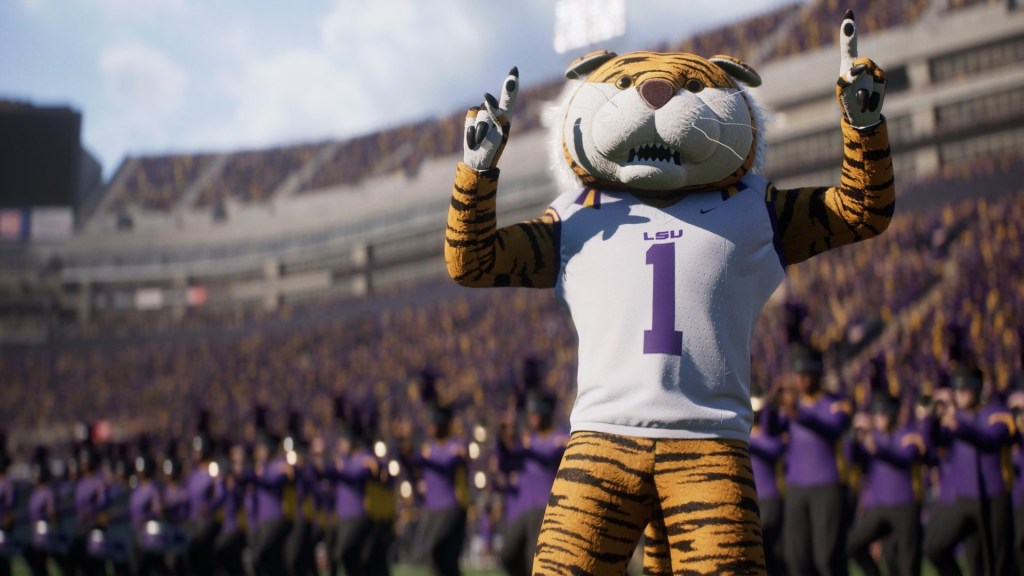
It might also get a boost because “college football has a different fandom.” Different includes wider, as college sports pull in interest from regions that are NFL deserts. “There’s a deeper connection that the game allows for,” says Morrand. “There’s a broader market. Orlando doesn’t have an NFL team, but it has UCF,” he says. “If you ask me if I’m more of a Dolphins fan [the closest NFL team] or a UCF Knight, then I’m a Knight. It resonates with more of an audience.”
We won’t know the true scope of the game for a little while—and how much money it’ll make EA. But if purchasing and game play pan out as many people expect, the next big question is whether a major hit in college football will open the door to other college sports games—particularly a potential return of a college basketball game. (EA Sports used to publish NCAA basketball games, which it discontinued in 2009.)
EA may have proved it’s possible to navigate development, licensing, and NIL agreements, but CFB 25 was an expensive undertaking. The jury is still out as to whether companies like EA or even Take-Two Interactive, the publisher of the NBA 2K series, will feel as incentivized to invest in other sports sims such as college basketball, which have reportedly sold only a fraction of its football counterparts.
It’s not out of the realm of possibility, but it’d be a big risk, and the financial upside would have to be obvious.
“It’s a question of whether the numbers are there to support it,” says Morrand. “The challenge is the licensing fee,” which can range from the tens to hundreds of thousands of dollars per school, and there are hundreds more schools that would or could be roped into a college basketball sport-sim than a football game. “This is the first step in getting back into the college market. But it’s a completely different animal.”
For now, the future of the college sports-sim industry will hang on CFB 25’s success. And experts say optimism is warranted. “There’s a lot of excitement, especially in that 30- to 50-year-old age contingent” who grew up with the original NCAA Football series, says Mann. “Having not played in quite a while, I know I’m looking forward to it.”
